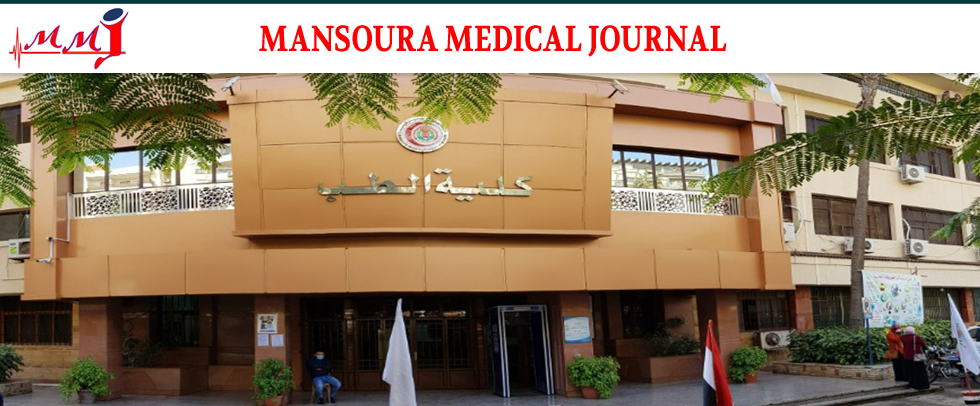Subject Area
Orthopaedic Surgery
Article Type
Original Study
Abstract
Background: Rotator cuff tears are a major cause of shoulder disability, particularly among individuals over 60 years of age. While subacromial decompression, including acromioplasty, has been traditionally performed during rotator cuff repair (RCR) to alleviate impingement and prevent re-tears, recent studies have questioned its necessity. This study aims to compare outcomes of RCR with and without acromioplasty. Objective: To evaluate the functional, radiological, and complication-related outcomes of rotator cuff repair with subacromial decompression versus rotator cuff repair alone in adult patients with rotator cuff tears. Methods: This retrospective comparative study was conducted at Mansoura University Hospitals between 2021 and 2024, including 168 patients (90 with acromioplasty and 78 without). All patients underwent single-row RCR. Preoperative and postoperative evaluations included shoulder range of motion (ROM), radiographic assessment of acromiohumeral distance (AHD) and critical shoulder angle (CSA), MRI for tendon healing, and functional scores (Constant-Murley Shoulder Outcome Score [CMS] and American Shoulder and Elbow Surgeons [ASES] Score). Data were analyzed using SPSS version 26, with statistical significance set at p < 0.05. Results:Postoperative radiological outcomes revealed a significant increase in AHD in both groups, with greater improvement observed in the acromioplasty group (p = 0.001), while CSA decreased significantly in both groups, favoring the acromioplasty group (p = 0.005). Functional outcomes demonstrated substantial postoperative improvements in CMS and ASES scores in both groups, with the acromioplasty group achieving higher mean scores compared to the non-acromioplasty group (p = 0.001). Complications, including rates of failed repair, revision surgery, and postoperative stiffness, were comparable between the two groups. Conclusions: Routine acromioplasty during RCR may not be warranted for all patients. A selective approach, considering patient-specific factors such as acromial morphology and severity of impingement, is recommended to optimize surgical outcomes and minimize unnecessary procedures.
Recommended Citation
Badran, Mohamed Aboelnour; Barakat, Ahmed M.; Gaarour, Osama Samir; and El-Sallab, Roshdy Mostafa
(2025)
"Arthroscopic Rotator cuff repair with or without Acromioplasty,"
Mansoura Medical Journal: Vol. 54
:
Iss.
1
, Article 7.
Available at:
https://doi.org/10.58775/2735-3990.1431
Creative Commons License

This work is licensed under a Creative Commons Attribution 4.0 International License.



